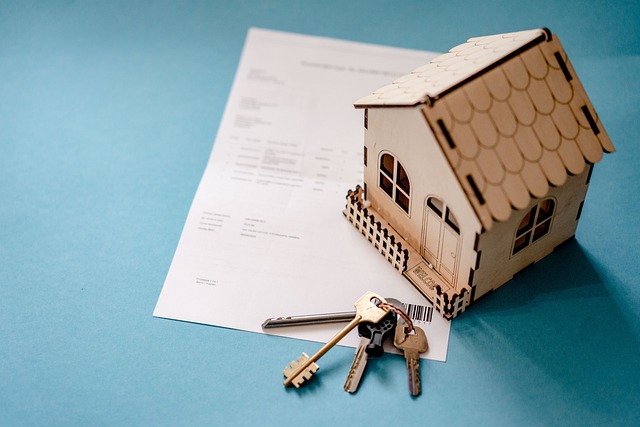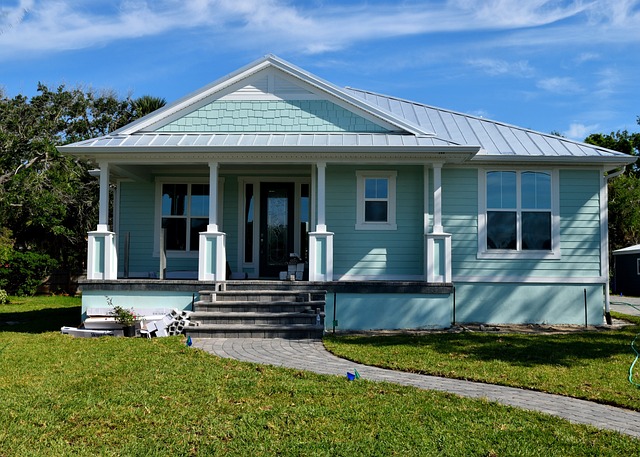Singapore's Executive Condominium (EC) framework is designed as a transitional housing solution between public and private housing. After five years of ownership, an EC transitions into a standard private condo, lifting restrictions like the compulsory resale levy (CRL) and allowing for greater marketability in the resale market. This change enhances the liquidity of ECs, making them more valuable and attractive to both upgraders from HDB flats and investors. Post-MOP, EC owners have access to specialized financing options, including refinancing deals with potentially lower interest rates, reflecting the property's maturity. The government's Master Property Insurance Scheme ensures maintenance of common areas, which is crucial for the longevity and appeal of the EC. Additionally, mature ECs may qualify for an en bloc sale if property values have risen significantly, offering residents a chance to upgrade their homes while potentially realizing substantial gains on their investments. The strong sense of community within these developments, coupled with their amenities, makes living in an EC beyond five years a rewarding and enriching experience. This overview covers the transition of ECs from their initial public housing status to fully-fledged private condominiums, the financial advantages post-MOP, and the social aspects that make them an attractive option for homeowners after five years.
Considering the journey of an Executive Condo (EC) in Singapore post-five years reveals a dynamic transformation in ownership rights and market value. This article delves into the pivotal changes that occur at the 5-year mark, elucidating the automatic dismissal of EC restrictions, comprehensive ownership and resale options, and the robust market landscape. It also explores financing and refinancing avenues for EC owners, alongside maintenance considerations and potential en bloc opportunities. Insights into the evolving nature of EC living beyond this milestone will be invaluable for current and prospective EC homeowners.
- Understanding the 5-Year Mark for Executive Condos (ECs) in Singapore
- The Automatic Dismissal of EC Restrictions After Five Years
- Ownership and Resale Options Post-Five Years: A Market Overview
- Financing and Refinancing Opportunities for EC Owners After the 5-Year Tenure
- Maintenance, En bloc Potential, and Community Living Beyond the Fifth Year
Understanding the 5-Year Mark for Executive Condos (ECs) in Singapore

In Singapore, an Executive Condominium (EC) is a hybrid of a public and a private housing flat designed to offer a stepping stone for upgrading from a Housing & Development Board (HDB) flat. After five years of ownership, ECs transition into standard condominiums, with owners enjoying the same privileges as those living in private condos. At this juncture, the property becomes subject to the resale rules of private condominiums, which differ from those governing ECs. This includes the ability to sell without the prior owner occupier (POLA) restriction that is typically applicable to ECs. Owners must also adhere to the Minimum Occupation Period (MOP) before they can sell their unit on the open market. Post-fifth anniversary, the EC’s enhanced liquidity in the resale market provides a financial incentive for owners looking to capitalize on their investment. It is a pivotal moment that signifies a change in the property’s status and marketability, making it an important consideration for any EC owner approaching this milestone. Understanding the implications of this transition is crucial for EC residents as they plan for the long-term ownership and resale value of their homes.
The Automatic Dismissal of EC Restrictions After Five Years

Under Singapore’s legal framework, an Executive Condominium (EC) is subject to a minimum occupation period (MOP) of five years before certain restrictions are automatically lifted. This policy was implemented to encourage a balance between public and private housing needs within the city-state. Upon reaching the five-year mark since the acquisition date, the EC automatically ceases to be an EC, and all associated restrictions are removed. These include the compulsory resale levy (CRL) that was initially payable should the unit be sold during the MOP. This transition allows the unit to be treated like any other private condominium, with owners free to sell their units without the constraints of the EC scheme and without incurring the CRL. It’s a significant milestone for EC residents as it enhances the liquidity of their properties and aligns them with the broader housing market in Singapore. Owners can choose to sell their units, upgrade to a larger home, or even rent out their property without the MOP-related limitations that were previously applicable. This policy ensures a smooth transition for EC dwellers as they integrate more fully into the private housing sector after fulfilling their initial commitment to the EC program.
Ownership and Resale Options Post-Five Years: A Market Overview

Post-five years, owners of an Executive Condo (EC) in Singapore face unique considerations when it comes to ownership and resale options. Upon completing the minimum occupation period of five years, the property ceases to be an EC and becomes a standard condominium under the Housing & Development Board (HDB). This transition opens up a broader market for owners looking to sell. The resale value of an EC after five years can vary significantly based on market conditions, location, and the overall state of the property. Typically, these units tend to attract a different buyer pool post-five years, as they are no longer tied to the specific criteria that original EC buyers might have been subject to, such as income ceilings and the requirement to be married or in a long-term relationship.
The resale market for ECs after five years can be dynamic, with prices often reflecting a premium over new EC launches, due to the maturity of the development and potential upgrades made by the original owners. Prospective buyers in this segment often include upgraders from public housing looking for larger living spaces or those seeking an investment property in a centralized location. It’s advisable for sellers to be well-informed about the current market trends, as the EC resale landscape is influenced by both HDB resale trends and private condominium market dynamics. Owners considering resale after the five-year mark should take note of the changing demographics and evolving preferences in the real estate market to make informed decisions about their property’s value and potential sale.
Financing and Refinancing Opportunities for EC Owners After the 5-Year Tenure

Post the initial five-year Minimum Occupation Period (MOP) for an Executive Condominium (EC), owners are presented with unique financing and refinancing opportunities that cater to their changing financial needs. These options can be particularly advantageous as the property transitions from being a housing unit for young families or individuals to an investment asset. Owners who have successfully navigated the first phase of EC ownership may consider leveraging the equity built up in their homes to finance other endeavors, such as education, business expansion, or even investing in another property.
Banks and financial institutions often view post-MOP ECs favorably for refinancing due to the maturity of the property and its proven market value. This presents owners with the chance to secure more competitive interest rates compared to when they first purchased their EC. Additionally, as the property ages, owners may find that the rental yield can be optimized, making it an attractive option for landlords looking to generate a steady income. The post-MOP period is also ideal for owners to tap into various loan products tailored for property equity withdrawal, allowing them to unlock their wealth in a structured manner, thereby enhancing their overall financial portfolio.
Maintenance, En bloc Potential, and Community Living Beyond the Fifth Year

Post-fifth year, maintaining an Executive Condominium (EC) requires a commitment to its upkeep and adherence to the Master Property Insurance Scheme stipulated by the Singapore government. This scheme ensures that the building remains in good repair, with common areas such as lifts, lobby, and facilities being a collective responsibility of the residents. As the EC matures, the maintenance schedule should be meticulously followed to prevent any potential issues. The management council plays a pivotal role in this process, overseeing the annual maintenance fees and budget allocation for repairs and renovations.
Beyond the fifth year, an EC’s market position can shift towards an en bloc potential, where the entire development can be sold collectively. This is often a strategic consideration for long-term residents who may benefit from the collective sale if property values in the area appreciate significantly. The prospect of an en bloc sale offers residents the opportunity to upgrade to a newer home while capitalizing on their investment. Additionally, living in an EC beyond its fifth anniversary means embracing the community lifestyle, which includes active social engagement and a sense of belonging. Residents often form tight-knit communities that organize events and activities, contributing to a vibrant neighborhood atmosphere. The EC’s amenities and facilities continue to be a focal point for community living, offering residents diverse recreational options and opportunities to connect with their neighbors.
